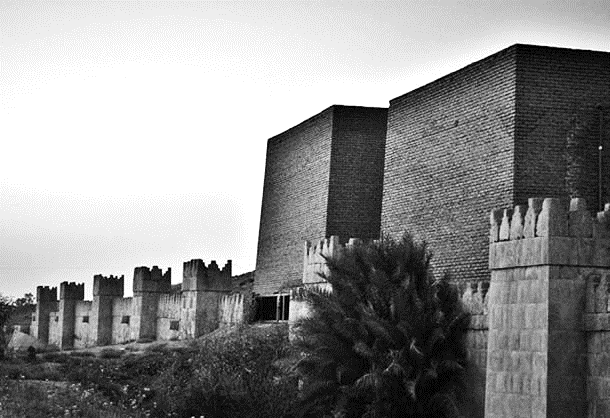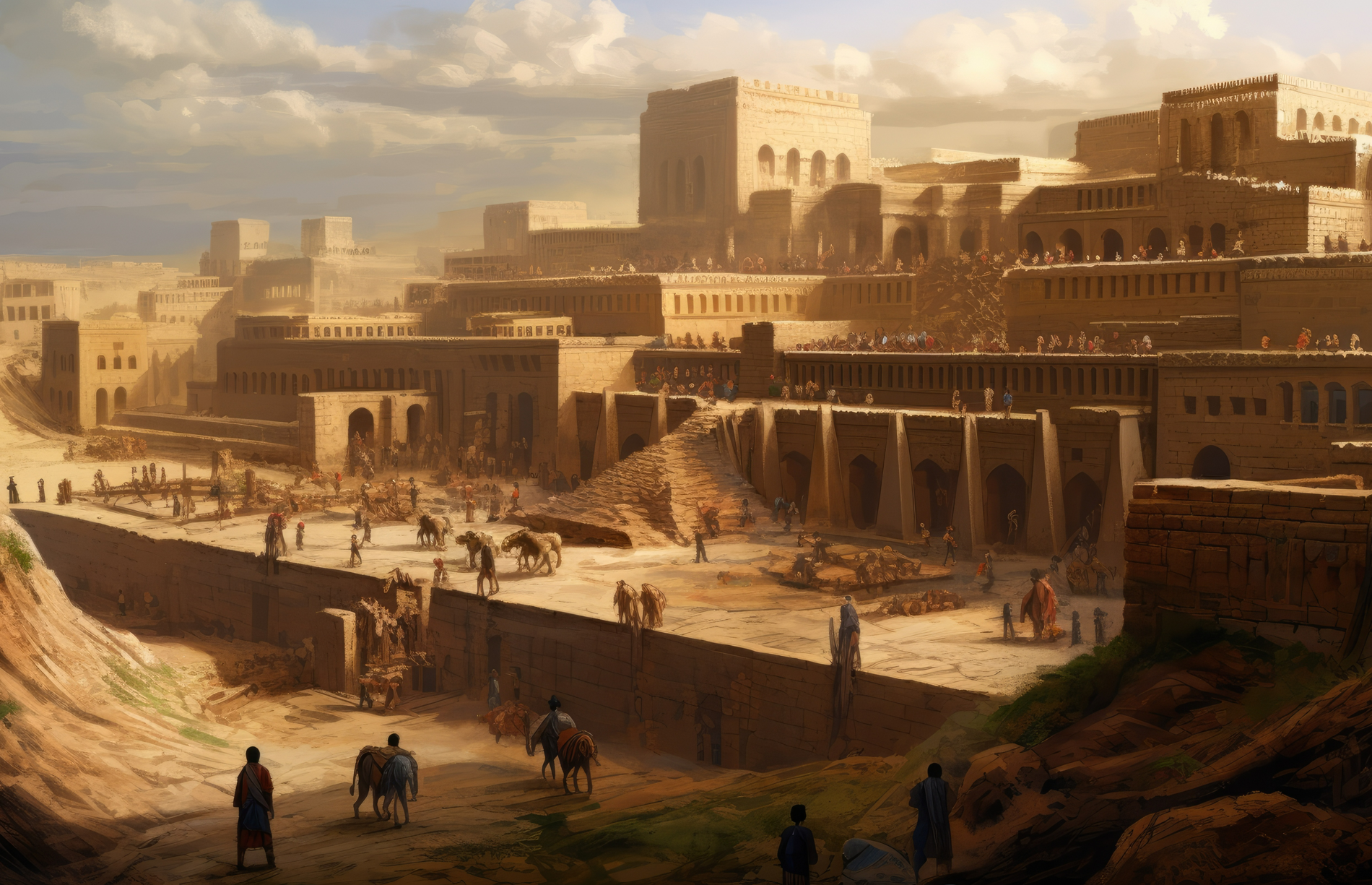
Nineveh, the Assyrian Empire’s final capital, was not only its most densely populated city but also, for a time, was arguably the world’s most populous. The modern era has witnessed the deterioration of Nineveh due to regional conflicts.
Today, Nineveh’s remnants lie on the eastern fringes of Mosul, a northern Iraqi city, alongside the Tigris River. Archaeological explorations have dated its initial establishment to the 7th millennium BC, marking its humble beginnings as a Neolithic settlement.
By the early 2nd millennium BC, Nineveh transformed from a mere settlement to a significant town, primarily as a sacred hub venerating the goddess Ishtar. This religious significance propelled the town to prominence. By the subsequent centuries, while initially under the Hurrian Kingdom of Mitanni’s sphere of influence, the Assyrians eventually annexed it.

Nineveh – Mashki Gate. (Omar Siddeeq Yousif/ CC BY SA 4.0 )
The Neo-Assyrian Empire period was Nineveh’s golden era. Its architectural and urban development commenced under Ashurnasirpal II in the 9th century BC and reached its zenith under Sennacherib in the succeeding century. While Ashurnasirpal II and his successors focused on constructing and renovating temples and palaces, it was Sennacherib who truly elevated Nineveh’s stature. Declaring it the empire’s capital, he embarked on ambitious infrastructural ventures. A stele commemorating his reign boasts of the creation of new streets, squares, walls, and a magnificent palace. During Sennacherib’s rule, the city’s population is believed to have swelled to an astounding 100,000 inhabitants.
Yet, Nineveh’s meteoric rise was short-lived. In 612 BC, a potent alliance comprising the Babylonians, Scythians, and Medes dealt a crushing blow to the empire. This loss marked the beginning of the Assyrian Empire’s end. A few years post this defeat, adversaries ransacked the once-magnificent capital. However, Nineveh’s story didn’t end in its ruins. The city persisted as a dwelling place for centuries, even witnessing a period of affluence in the 13th century under the Atabegs of Mosul.
Thus, Nineveh stands as a testament to the ebb and flow of empires and civilizations, from its ascension as the Assyrian Empire’s crown jewel to its resilience amid the ravages of time and war.
Top image: Reconstruction of Nineveh. Source: Rick / Adobe Stock.






